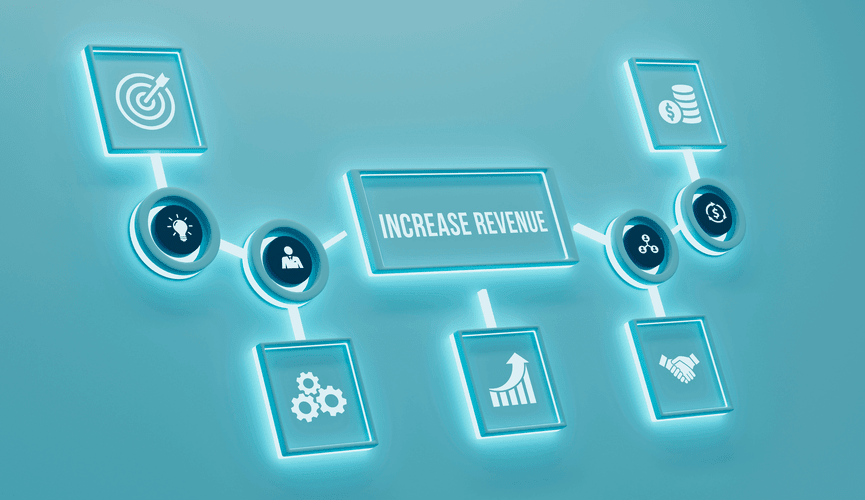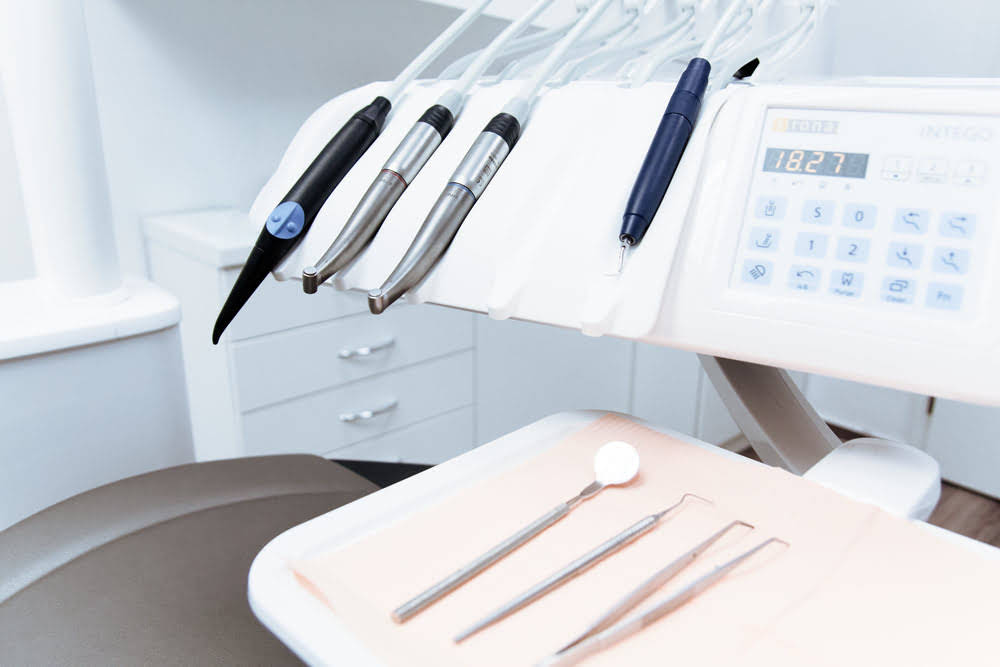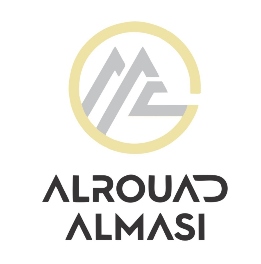Basic Approach To Process Costing In Cost Accounting
Content
5.- Assign total costs to the units already completed and to units in ending work in process inventory . Finding cost per equivalent unit for each cost component by dividing the total cost for the cost component by total equivalent units for the relevant cost component. All of these costs from each process are added together to get one total cost, and this value is then divided by the total equivalent unit number to get the average equivalent cost per unit.
How is process costing used to track production costs?
Process costing systems require the use of work-in-process inventory accounts for each process. Thus Hershey would track production costs using separate work-in-process inventory accounts for each stage of production.
Whereas, a wine manufacturer would not be able to call their units complete until they have passed the aging and bottling stage which would take a long time in the production process. Over that period of time, there will be multiple processes that the products will go through, and a cost will be added to each process which will then be added together to get one total cost. A student’s first thought is that this is easy—just divide the total cost by the number of units produced. However, the presence of work-in-process inventories causes problems. The cost of production per unit is the average cost, which is obtained by dividing the total process cost by the total number of units manufactured. The cost of direct materials placed into production during the month .
The Importance Of Process Costing
Using the process costing method is optimal under certain conditions. Homogeneous indicates that the units of output are relatively indistinguishable from one another. If the output products are homogeneous, then it may be beneficial to use process costing. Low value indicates that each individual unit of output is not worth much. If the output products are of low value, then it may be beneficial to use process costing. If it’s difficult or infeasible to trace production costs directly to individual units of output, then it may be beneficial to use the process costing method. Process costing assigns expenses to different departments in your business, and it accounts for various cost areas including materials and payroll.
However, there are units that remain incomplete during the period that need to be considered as well. The cost of production during a particular period is divided by the- number of units produced during that period to arrive at the cost per unit.
Using The Process Costing Method
In this case, there’s little useful information to be found in averaging out the labor and materials costs of these homes. On the other hand, you could learn a lot about comparing the total costs of each one.
What to know about buying foreclosed homes Nation & World eastoregonian.com – East Oregonian
What to know about buying foreclosed homes Nation & World eastoregonian.com.
Posted: Tue, 30 Nov 2021 21:00:00 GMT [source]
If a worker incurs three hours of time working on batch #210, the gross wages must be reclassified from labor control in work in process. It’s important to note that the costs that go into work in process are actual costs, and the actual costs may differ from your budget. Accounting software packages allow you to input your budget assumptions, post your actual costs, and keep track of any differences. Susie budgets a profit of 15% of total cost, and profit is added to costs to produce a sale price for the customer. Once you have budgeted costs for both direct costs and overhead, you can create useful job estimates. Sure, your actual costs may be different than what you budget. A labor shortage, for example, may require you to pay more for labor costs than you planned.
Process Costing: Explanation
Under process costing, the procedure used to manufacture a product is divided into well-defined processes. A separate account is opened for each process to which all incurred costs are charged. Under process costing, there is a finished product at each stage. This becomes the raw material of the subsequent stage until the final stage of completion. BThis column represents actual physical units accounted for before converting to equivalent units.
- It accumulates cost from each process or department and allocates them to the individual products produced.
- On average, each student takes three-quarters of a full load of classes.
- Each such division is a stage of production or process.
- If she’s a painter, maybe you ask her to check “painting,” so that you know what part of the process the cost of her work should be allocated to.
- Job order systems are custom orders because the cost of the direct material and direct labor are traced directly to the job being produced.
- If the output products are homogeneous, then it may be beneficial to use process costing.
In this article, you will learn what process costing is, the three main types of process costing and how to calculate process costing with an example. In the above example, material was assumed to be added at the beginning of the production process. Material can also be added at different points in the process (e.g., 10%, 70%) or gradually during the process. If you understand all of the actual costs that are required to deliver your product or service, you’ll know exactly where you stand financially. You can be confident that the sale price you select for a particular item generates the profit you expect. When a worker pulls a new roll of cotton fabric off the shelf to make shirts, the cost must be moved out of material control and into work in process.
Designate Costs For Complete And Incomplete Products
Also, indirect costs such as electricity, rentals, repairs, and depreciation can easily be mapped to a process. Several methods such as activity-based costing , absorption costing and marginal costing exist to easily determine cost consumed in each process. Process costing is a subset of operation costing typically applicable to manufacturing entities mass-producing a homogeneous product. Industries producing a standardized product wherein raw materials pass through multiple processes to obtain the final output are prime employers of the process costing technique. Summarize total costs to account for and Compute equivalent unit costs.
Second, Sewing department where all parts of the shoes are attached. In March 202X, this department has incurred a cost of direct labor USD 50,000, overhead cost USD 30,000. As a result, they have completed 8,000 pairs of shoes and pass the next stage.
Flow Of Units
They widely vary from industry to industry, depending upon the nature of materials used. Since cost data is available for each process, operation and department, good managerial control is possible. It’s important to consider ALL costs when pricing a product. They had a total of $120,000 in Occupancy costs last year. The company draws up a floor plan and measures how many square feet each department uses. Products are manufactured in large quantities, but products may be sold in small quantities, sometimes one at a time , a dozen or two at a time , etc.

Units started and partially completed during the period will increase to 225,000 . This is the projected ending WIP inventory at March 31. Describe the basic cost flow equation and explain how it is used to reconcile units to be accounted for with units accounted for. 50,000 units were partially completed and remained in ending WIP inventory on March 31 . 5,000 units were partially completed and remained in ending WIP inventory on May 31 . The production process is continuous for all days in the year except regular breakdown hours required during the year for maintenance of the machinery.
The first step to calculating product cost per gallon is to determine what process each expense relates to. Next, the cost per unit for each stage of the process must be calculated. After the expense per unit for each process is calculated, the results can be added together to obtain a total cost per unit. The result will be a dollar amount that can be used by the manufacturing company to set prices and determine if the products are producing a profit. Process costing is a system of allocating production expenses of comparable products at each stage of the manufacturing process.
- For such companies, job costing is an efficient cost allocation method.
- Four steps are used to assign product costs to completed units transferred out and units in work-in-process inventory at the end of the period.
- In either costing system, the ability to obtain and analyze cost data is needed.
- You’ll find that job costing is used frequently in the construction industry.
- Understanding these costs is the first step in being able to control them.
- The type of costing method you use depends on the type of business you’re running.
Examine the graphic below that compares job and process costing, noting in particular the difference in how costs are shifted out of work in process. Process costing entails handing off accumulated costs from one department to the next. As the factory labor payroll is prepared and recorded, the payroll costs are split between those employees who work in specific functions and those involved in the general functions of the factory. The specific function costs are called direct labor and are assigned to work‐in‐process inventory. The general factory labor costs are indirect labor costs that are added to factory overhead. Unlike the accounting for payroll under the job order cost system, the employee does not have to be physically involved in making a product to be assigned to a specific function. The accounting for the labor costs for June includes the following journal entries, shown in the following table.
Because direct materials, direct labor, and manufacturing overhead typically enter the production process at different stages, equivalent units must be calculated separately for each of these production costs. As a process costing example, ABC International produces purple widgets, which require processing through multiple production departments. The first department in the process is the casting department, where the widgets are initially created.
When a company has units that are started and completed during a period and has an ending inventory of units in process, most often the weighted average method is used to calculate equivalent units. If needed, based on the company’s production processes, separate calculations of equivalent units for materials and conversion costs are made. Assume a company has two functions in its production process called Department 1 and Department 2. For the month of January, Department 1 completed and transferred out 2,000 units to Department 2 and had 800 units in process at month end that were 80% completed as to materials, labor, and overhead. Using the weighted average method, equivalent units for Department 1 for January are 2,640 [(2,000 × 100%) + (800 × 80%)]. The beginning units and those started and completed are not separately identified in the calculation of equivalent units.
Explain how the cost per equivalent unit might be misleading to managers, particularly when a significant change in production is anticipated. Describe process costing example the differences between a process costing system and a job costing system. Prepare a production cost report for a processing department.

One work-in-process inventory account is used—job cost sheets track costs assigned to each job. If the function has work‐in‐process inventory at the beginning of the period, the number of equivalent units must be calculated. Equivalent units represent the number of units that could have been 100% completed during the period.
- It then totals the costs from each stage over an accounting period, dividing the overall process cost by the number of finished bottles to obtain a cost per bottle.
- Explain the concept of equivalent units assuming the weighted average method is used.
- Because of this, labor and material costs are considered direct costs.
- Use cost accounting to outperform your competitors, gain market share, and to increase profits.
- We’ll say that the direct material costs will come up to $100,000 and the conversion costs will be $200,000.
- Divide the total cost by the number of units to obtain the cost per unit.
He provides blogs, videos, and speaking services on accounting and finance. Ken is the author of four Dummies books, including “Cost Accounting for Dummies.” Making the budget change is worth the effort, because you’ll operate based on a budget assumption that is closer to reality, and that will help you make better management decisions. Rather than use a budgeted wage rate that is artificially low, increase your wage rate as you budget moving forward.
Author: Mark J. Kohler
